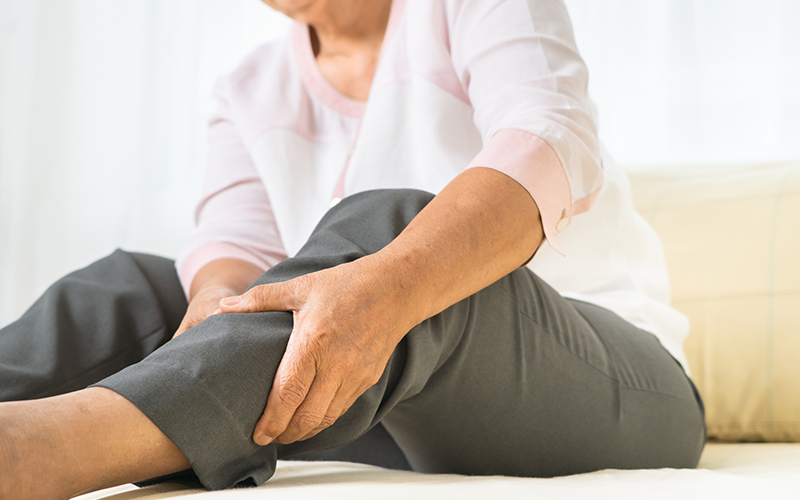
Content derived from DocTalk with Don Harris, MD and Omar Dorzi, MD from Valley Medical Center’s Vascular Surgery Clinic
What is peripheral arterial disease?
Peripheral arterial disease, also known as PAD, refers to blockages in the arteries to the legs. The legs need good blood flow to keep muscles, skin, bones and joints healthy. When walking or exercising they need more blood flow. The blockages from PAD make it difficult for blood to flow properly: Those with PAD have problems moving their legs or there’s not enough blood flow to keep the legs healthy.
What are the symptoms of mild and severe PAD?
The most common symptom in mild PAD is pain or cramping in the calves, thighs or buttocks muscles. It might start after walking a little bit and often gets better when people rest. With more severe PAD, people may experience pain or cramping even when not walking and it may even wake people up at night. Some people experience persistent infections, pain or tingling in the foot, non-healing foot wounds or gangrene of the foot.
Who is more at risk for having PAD?
PAD is a type of atherosclerosis, which is hardening of the arteries. In PAD, it involves the legs, but hardening of the arteries can also happen in the heart, the neck and other arteries throughout the body. It is usually related to high blood pressure, high cholesterol, smoking and diabetes. People who have circulatory problems in other places, like in their heart or brain, are also at higher risk for PAD.
What are the benefits of getting diagnosed and treated earlier?
Mild PAD can usually be treated using medications alone and without any invasive surgeries or procedures. This can often ease the symptoms and keep the disease from progressing into a more advanced stage. For those with more severe symptoms, it is important to restore blood flow to the legs as quickly as possible.
What lifestyle changes can you make to reduce the risk of getting PAD?
The most important things to do to reduce risk of PAD are quitting or avoiding smoking and managing diabetes. For people with known PAD, or who have risk factors, it is important to take care of your feet, monitor food wounds, and seek care right away if symptoms arise.
If you have leg pain symptoms what should you do?
Discuss these symptoms with your primary care provider (PCP) and talk about your possible risk factors. Your doctor may talk with you about some of the lifestyle modifications that we mentioned above, like managing diabetes, as well as medications that might reduce the severity of symptoms.
What exams and diagnostic tests will be done to assess if you have PAD?
Your PCP or a vascular specialist may start by ordering a vascular ultrasound which is a non-invasive study. Additional testing like a CAT scan or an angiogram may be needed if a vascular ultrasound does not provide enough details.
If you get diagnosed as having PAD what is the first line of treatment?
As mentioned, there are different levels of severity of PAD. For mild symptoms we prefer to modify risks and consider medications to help patients feel better. For worsening symptoms, we might talk about other procedures to improve blood flow.
What are the next line of treatments for PAD?
We will typically start an angiogram. It takes a couple of hours and is an outpatient procedure. By way of artery in the groin or wrist, we can take pictures of the affected area and can evaluate the extent of the blockage. We have tools to help open the blockage and fix it with a balloon stent, drug-coated balloon, or catheter.
What is unique about Valley’s vascular surgery program?
The Valley vascular surgery program is made up of four excellent providers, a vascular lab, and top-of-the-line imaging. We can provide many procedures, including endovascular techniques, as well as open bypass, to provide the best care for our patients.
Learn more about Valley’s Vascular Surgery Clinic. For an appointment, call 425.690.3498.


Excellecnt summary. Would like to know the medication(s) involved to in new treatment of vascular walls in cath lab
Hi Cathleen, thank you for your question! More information can be found on our webpage, here.
If you still need more information, I would recommend calling our Vascular Surgery Clinic at 425.690.3498.